October 25, 2013
Economic recovery, the changing psychological contract and the future of the office
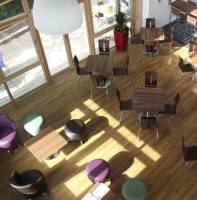 There has always been a link of one sort or another between the labour market and office design. So, as the UK’s unemployment statistics continue to fall, they remain moderately high and there continue to be structural changes in the nature of work, typified by this year’s debate about the growing use of zero hours contracts. You have to wonder what impact structural changes, levels of unemployment and redundancy (around 4 million in the UK since 2008) have had on the way we manage and design our workplaces. There is no doubt that the downturn combined with the structural changes in the way we work have had an effect on demand for commercial property, but what will it all mean in the longer term?
There has always been a link of one sort or another between the labour market and office design. So, as the UK’s unemployment statistics continue to fall, they remain moderately high and there continue to be structural changes in the nature of work, typified by this year’s debate about the growing use of zero hours contracts. You have to wonder what impact structural changes, levels of unemployment and redundancy (around 4 million in the UK since 2008) have had on the way we manage and design our workplaces. There is no doubt that the downturn combined with the structural changes in the way we work have had an effect on demand for commercial property, but what will it all mean in the longer term?







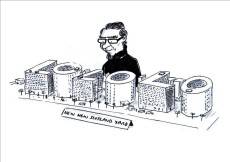
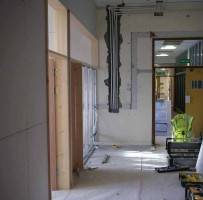
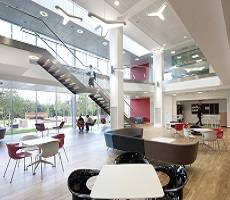




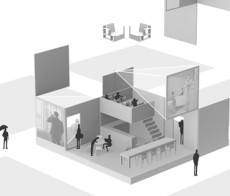



















October 25, 2013
The Great Gatsby and the rehabilitation of the office cubicle
by Mark Eltringham • Comment, Furniture, Workplace design
More →